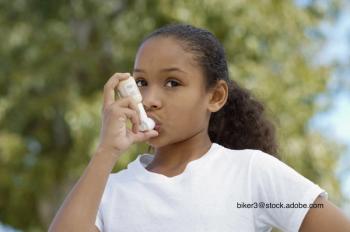
A recent study investigates the prevalence of asthma in minority groups and how often they turn to the emergency department (ED) for management.

A recent study investigates the prevalence of asthma in minority groups and how often they turn to the emergency department (ED) for management.
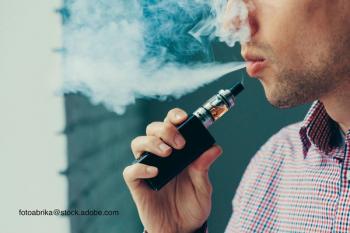
More parents vape to try and protect their kids from secondhand smoke, but it doesn’t really work that way.

Poorer educational outcomes may need to be added to the list of the potential outcomes for children who have type 1 diabetes.

Although in-flight emergencies are well-characterized events when they occur with an adult, the data for in-flight emergencies that occur in children are lacking. A new study published in the Annals of Emergency Medicine emphasizes the need for more information.
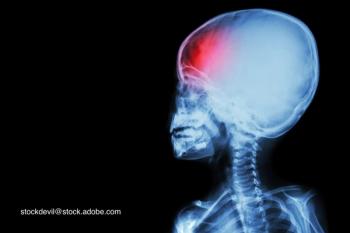
Boys and girls experience similar rates of migraine as they approach puberty, but new findings reveal that girls’ incidence of migraine spikes after early menarche.

Avoiding medication errors can be even easier if you use these 12 tips.

The rotavirus vaccine is working, the Centers for Disease Control and Prevention (CDC) concludes in a new report, but there is still room for improved vaccine coverage.

Pediatricians spend precious time talking with parents whether they’re vaccine hesitant or vaccine opposed. Yet the time pediatricians spend trying to understand and educate families who are hesitant or against vaccinating their children is important and can be effective, according to Tina Q. Tan, MD.
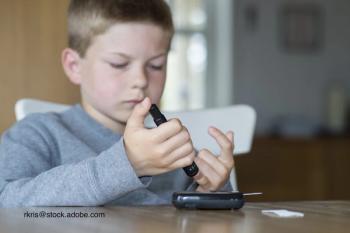
A new glucagon drug can treat severe hypoglycemia without an injection in persons aged 4 years and older.

Mark R. Schleiss, MD, discusses the differences between parents who are vaccine hesitant and those that are outright vaccine refusers. One can be reached and the other cannot.
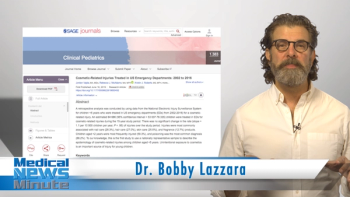
For Contemporary Pediatrics, Dr Bobby Lazzara discusses a retrospective analysis published in Clinical Pediatrics that looked at the incidence of accidents involving cosmetics in children aged 5 years and younger.
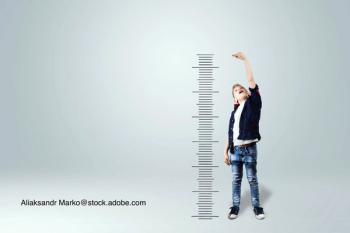
Girls have been the focus of stories looking at the early onset of puberty, but a new study from Sweden indicates that some boys also may have been undergoing early puberty.
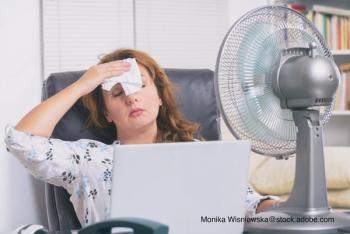
Are the slowly rising temperatures across the United States and the world leading to fetal development issues, particularly fetal growth?

Contemporary Pediatrics recently spoke with Mary Koslap-Petraco, DNP, PNP-BC, CPNP, FAANP, a nationally known expert in immunization practice, about why measles infection rates have skyrocketed in her home state of New York, what’s in store for the rest of the United States during the current measles outbreak, and how physicians can engage with parents to boost immunization rates.

In the July 2019 edition of Contemporary Pediatrics, Pat F. Bass III, MD, MS, MPH, discusses measles and its hallmark signs and symptoms. For most of us practicing today, we have never seen the disease outside of a textbook or a website.

Most humans are not moved by data. So, when John V. Williams, MD, talks with vaccine-hesitant or opposed parents, he’ll often talk about what he has seen as a pediatrician and done as a parent.
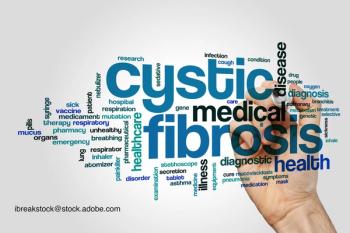
Using palivizumab in infants with cystic fibrosis (CF) may not lead to long-term improvements, according to a new study published in Pediatrics. Researchers used the Cystic Fibrosis Foundation Patient Registry data.

Parents not be doing enough when it comes to supporting adolescents’ grasp of personal healthcare and well-being.
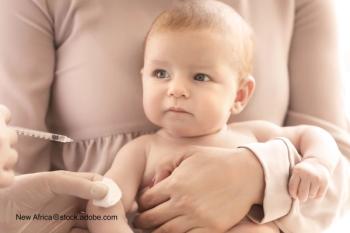
To me, it seems that we are trapped traveling around the world within ‘non-connected circles’ that encompass viewpoints adversely affecting significant scientific immunization advances developed to improve the health and well-being of infants, children, adolescents, their families, and all individuals who interact with them.

Contemporary Pediatrics asked pediatric infectious diseases experts how community pediatricians can talk with families who are firmly against vaccinating their children or hesitant to do so. Here’s what they said.
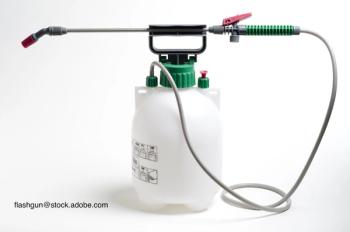

A new web-based intervention for evaluating respiratory tract infections can help parents reduce the need for office visits.


Pediatricians play a powerful role in educating parents about vaccines’ importance and proven safety. The way they present the information can impact whether a vaccine-hesitant or opposed parent listens and ultimately approves or disapproves of childhood vaccines, according to Patricia Whitley-Williams, MD, president-elect of the National Foundation for Infectious Diseases and chief of the Division of Allergy. Immunology, and Infectious Diseases at Rutgers Robert Wood Johnson Medical School, New Brunswick, New Jersey.

A new study from Germany highlights another reason to fight childhood obesity: to reduce the risk of developing pediatric multiple sclerosis (MS) as well as protect the efficacy of first-line treatment for the disease.

Dr. Andrew J. Schuman looks at why artificial intelligence has become the next big thing in technology.

Researchers suggest that genetics is a major contributing factor to developing autism spectrum disorders.

The focus on screen time has been on its impact on toddlers and young children, but a new study in JAMA Pediatrics indicates that teenagers can be impacted by long periods of screen time as well, with negative mental health consequences.
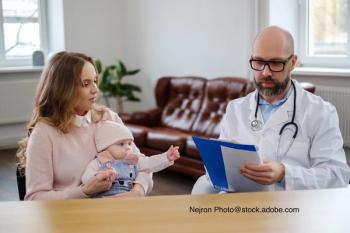
Mark H. Sawyer, MD, discusses how empathy and the personal touch help him navigate the antivax movement.
